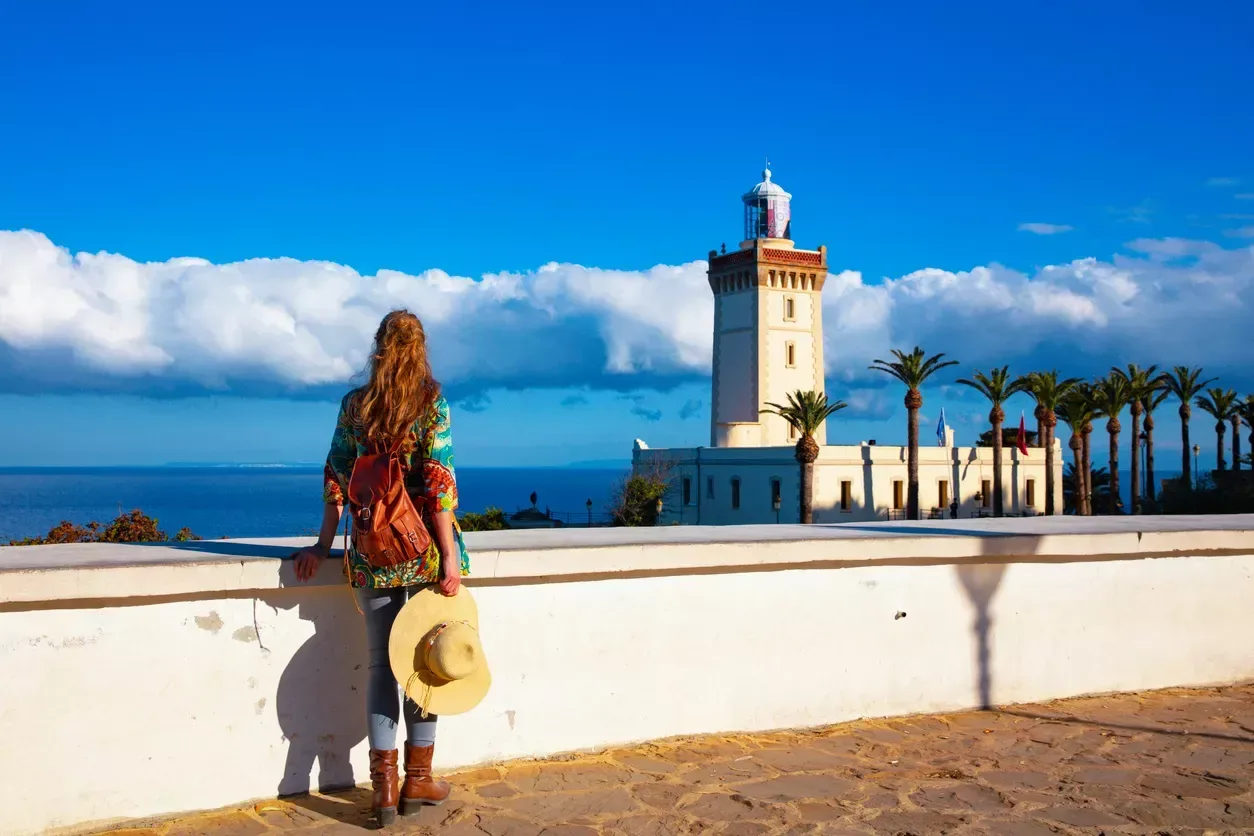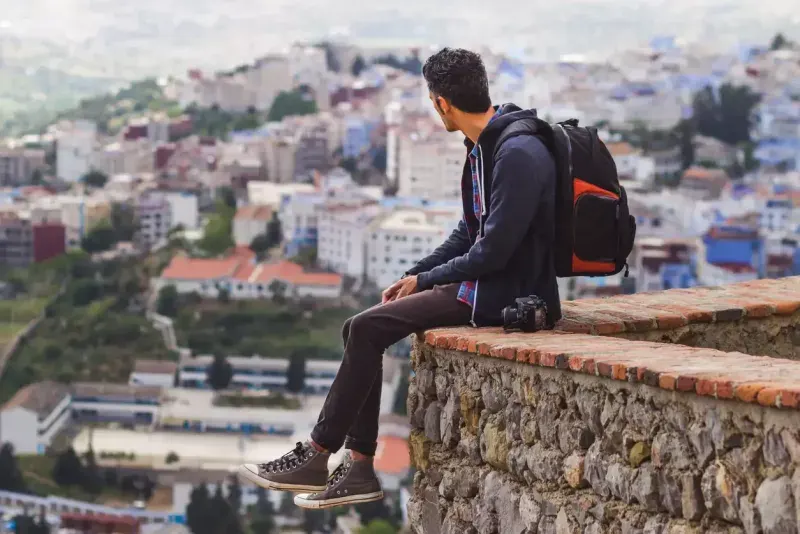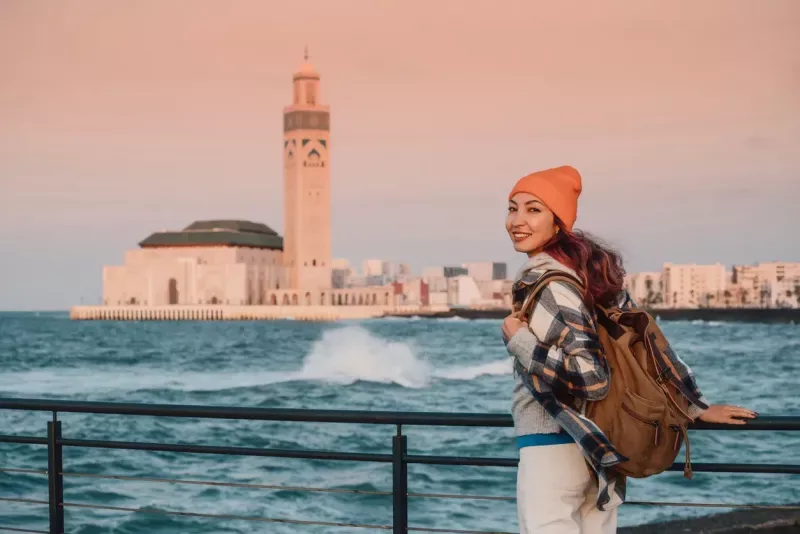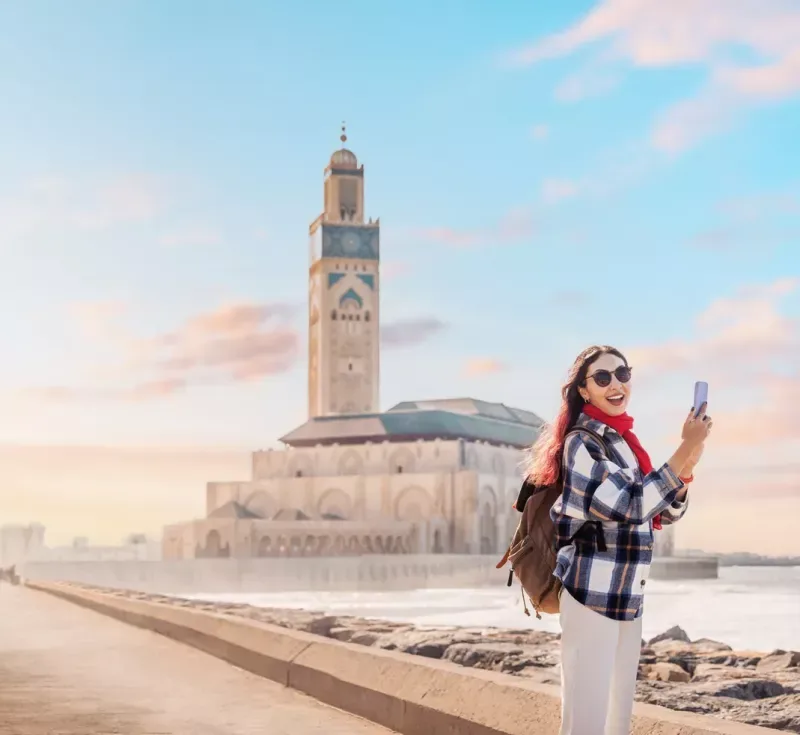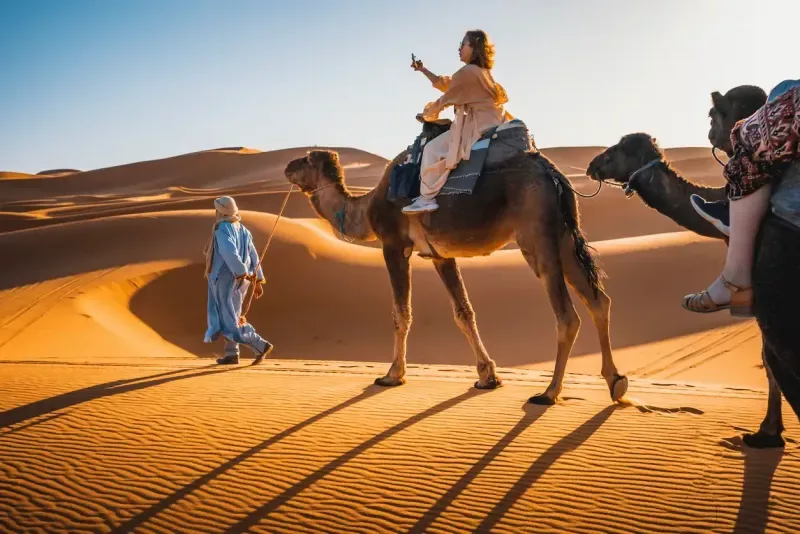Morocco stands as one of North Africa's most captivating destinations, where centuries-old traditions merge seamlessly with dramatic natural landscapes that span from towering mountain peaks to endless desert horizons. This North African kingdom presents travelers with an extraordinary collection of experiences, ancient kasbahs rising from red earth, serpentine mountain roads carved through the High Atlas, and the timeless rhythm of camel caravans crossing golden dunes.
Our extended sojourn through southern Morocco lasted more than two months, during which we established temporary residence while exploring the region's hidden treasures and well-known landmarks alike. The route from Marrakech to Merzouga revealed itself as a masterclass in Morocco's geographical diversity, guiding us through high-altitude passes, traditional Berber settlements, bustling market towns, and ultimately to the edge of the Sahara Desert itself. Daily distances rarely exceeded 100 kilometers, yet the mountain terrain and varied road conditions demanded careful time allocation for each segment of our expedition. This particular route has earned its place among the finest overland journeys we have undertaken, particularly noteworthy for how the sparsely populated regions facilitate both independent driving and vehicle rental arrangements.
This detailed Morocco travel itinerary presents our carefully tested route, featuring essential stops and practical guidance drawn from firsthand experience. Whether you prefer the independence of self-guided exploration or the expertise that accompanies a private tour arrangement, this guide provides the foundation for creating your own remarkable Moroccan adventure.

